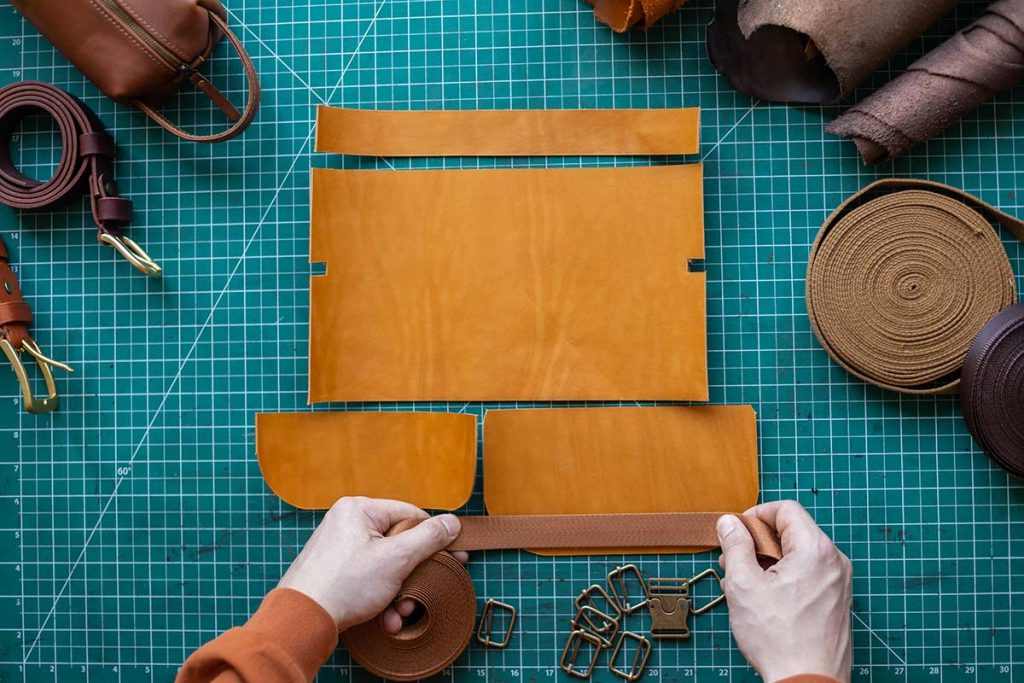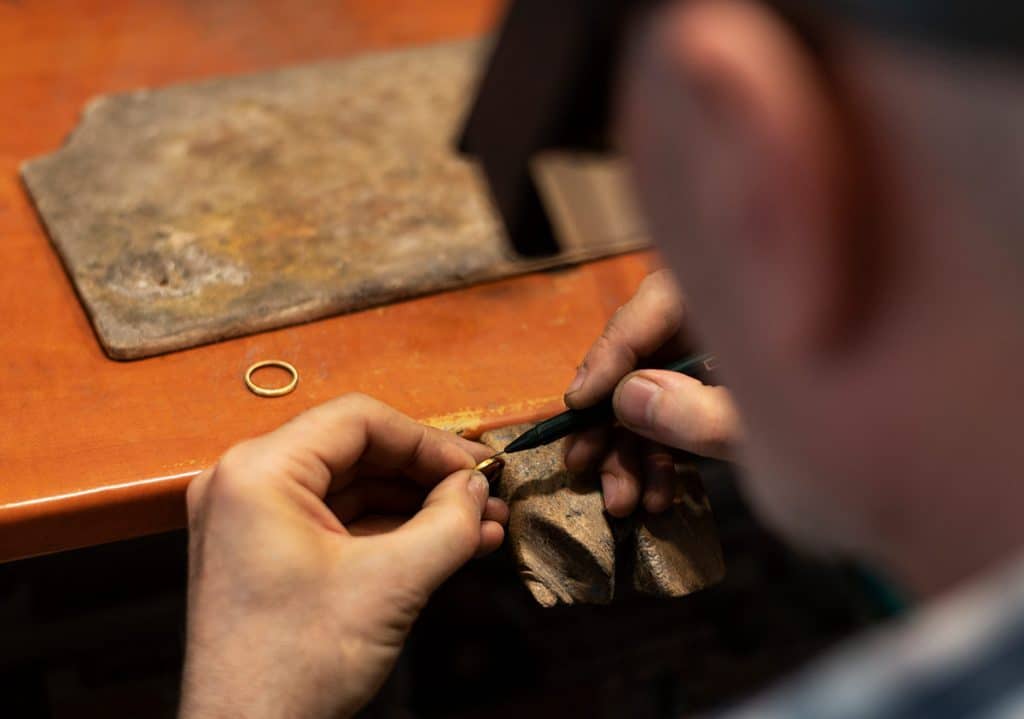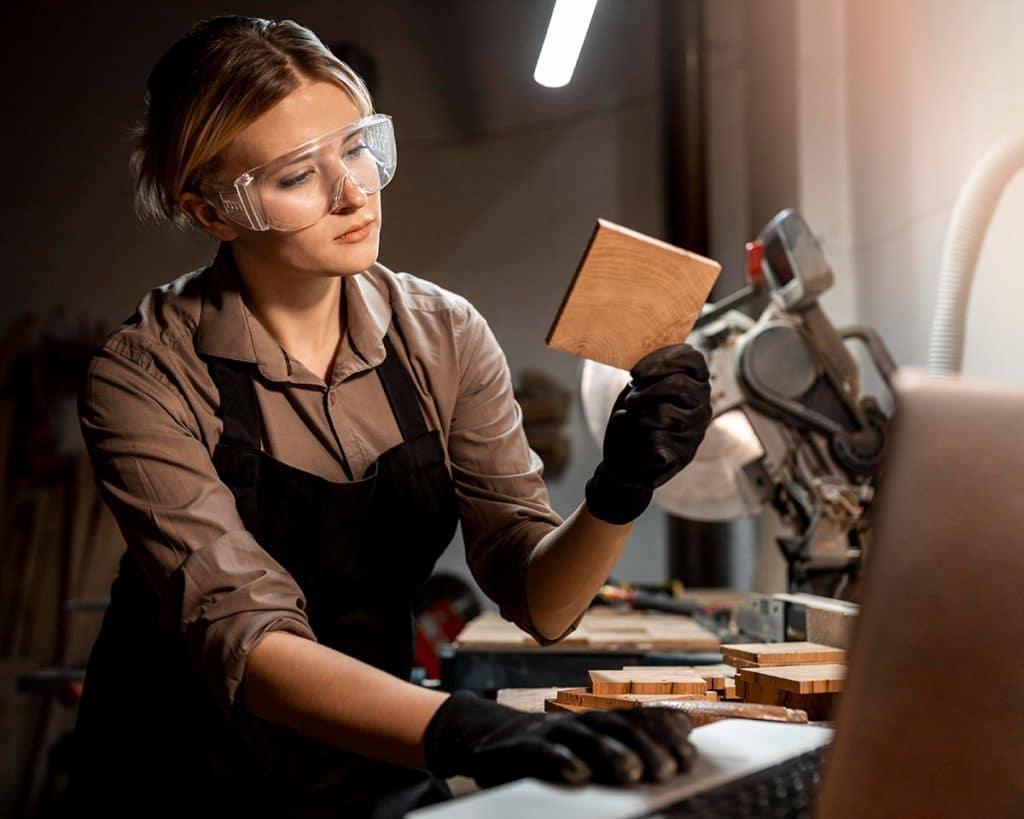Leatherworking is a craft that has been around for centuries. From the ancient Egyptians to the modern-day fashion industry, leather has been used to create everything from clothing to accessories. If you’re interested in learning the art of leatherworking, the first step is to acquire the right tools. In this blog post, we’ll go over the top 10 leather craft tools for beginners.

How to Start Leather Working?
Before we dive into the tools themselves, let’s first discuss the steps you need to take to start leather working.
- Pick out a project: Before you can start working with leather, you need to have a project in mind. This could be anything from a simple keychain to a more complex wallet or purse. Having a project in mind will help you determine what tools you need and what skills you need to learn.
- Learn the skills needed: Leatherworking requires a variety of skills, including cutting, stitching, and finishing. It’s important to take the time to learn these skills before you start working on your project. There are many resources available, including online tutorials and classes, that can help you learn these skills.
- Purchase your first piece of leather: Once you have a project in mind and the skills to complete it, it’s time to purchase your first piece of leather. There are many different types of leather available, so it’s important to choose one that is appropriate for your project.
- How to Find the Right Tools to Purchase: With so many leather working tools available, it can be overwhelming to determine which ones you need. The following list will help you get started with the essential tools you’ll need to begin leatherworking.
Cutting Board
A cutting board is an essential tool for any leather worker. It provides a sturdy surface to cut leather on and protects your work surface from scratches and cuts. When selecting a cutting board, look for one that is made of durable materials and is large enough to accommodate the size of your project.
Scratch Awl
A scratch awl is a pointed tool that is used to make small marks on leather. It can also be used to make holes for stitching. When selecting a scratch awl, look for one that is comfortable to hold and has a sharp, pointed tip.
Precision Knife
A precision knife, also known as a utility knife, is used to cut leather. When selecting a precision knife, look for one that has a sharp blade and is comfortable to hold. A retractable blade is also a good feature to look for, as it can help prevent accidental cuts.
Head Knife
A head knife, also known as a round knife, is a versatile tool that is used for cutting curves and angles in leather. When selecting a head knife, look for one that has a sharp blade and is comfortable to hold. The blade should also be flexible, as this will allow you to cut smoothly and accurately.
Round Knife
A round knife is another type of cutting tool that is used for cutting leather. It has a circular blade that is used for making long, straight cuts. When selecting a round knife, look for one that has a sharp blade and is comfortable to hold. The blade should also be made of high-quality steel, as this will help it stay sharp for longer.

Harness Needles and Thread
Harness needles and thread are used for stitching leather. When selecting harness needles, look for ones that are strong and have a sharp point. The thread should also be strong and durable, as leather can be tough to stitch. It’s also important to choose the right color thread to match your leather.
Edge Guide
An edge guide is a tool that is used to create straight, even edges on leather. When selecting an edge guide, look for one that is made of durable materials and is adjustable, so you can use it with different thicknesses of leather.
Maul or Mallet
A maul or mallet is a tool that is used to stamp or punch holes in leather. When selecting a maul or mallet, look for one that is heavy enough to provide the necessary force, but not so heavy that it’s difficult to use. The head should also be made of a durable material, such as wood or metal.

Pricking Irons
Pricking irons are used to create evenly spaced holes for stitching leather. When selecting pricking irons, look for ones that are sharp and have a consistent spacing between the teeth. It’s also important to choose the right size pricking iron for your project, as larger holes will require larger pricking irons.
Edge Beveler
An edge beveler is a tool that is used to round the edges of leather. When selecting an edge beveler, look for one that has a sharp blade and is comfortable to hold. The blade should also be adjustable, so you can create different bevel angles.
Wood Slicker
A wood slicker is a tool that is used to smooth and burnish the edges of leather. When selecting a wood slicker, look for one that is made of a hard wood, such as boxwood or maple. The slicker should also be comfortable to hold and have a smooth, polished surface.
Shop Overseas
When it comes to purchasing leather working tools, there are many options available. One option is to shop overseas, as this can often be a more cost-effective option. However, it’s important to do your research and make sure you’re purchasing from a reputable seller. You should also be aware of any potential customs fees or taxes that may apply.
In conclusion ; leatherworking is a rewarding and enjoyable craft, but it requires the right tools to get started. The 10 tools listed above are essential for any beginner leatherworker. By taking the time to learn the necessary skills and investing in the right tools, you’ll be well on your way to creating beautiful and functional leather projects. Happy crafting!

